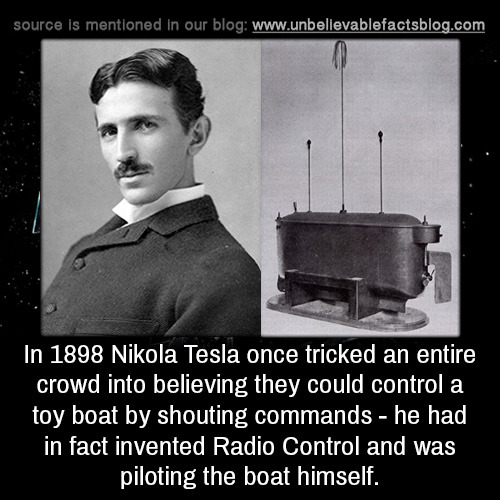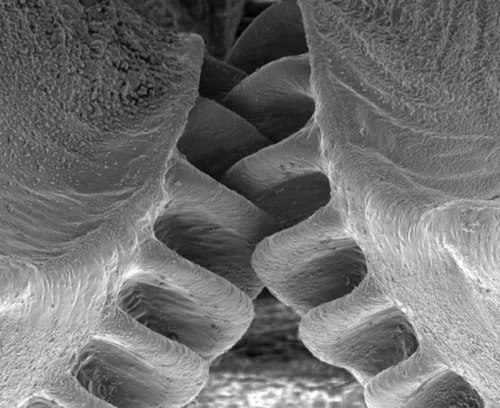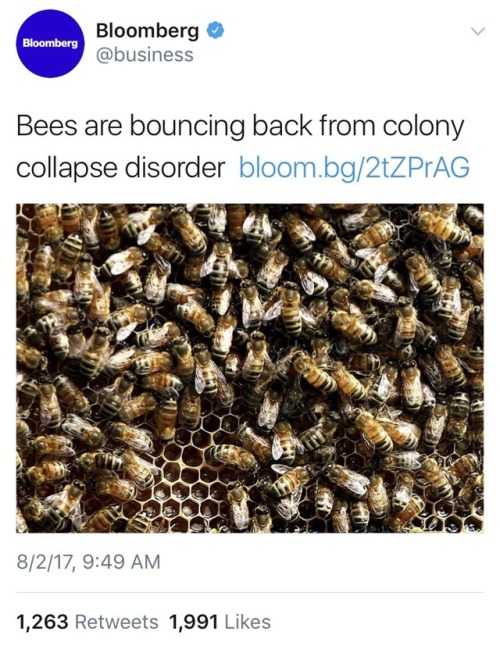Info Post #1: What Is DNA?
Info Post #1: What is DNA?
This is the first of thirteen more in-depth write-ups I have planned out for this year. The list (which is not set in stone!) can be found here.
I decided to do these as a way to get more information out to the readers here without having to delve into one specific ask or series of questions. I can imagine that these might create more questions as I go, but I’m also hoping that they will provide a resource that readers can refer back to. The general idea is to allow the series to build up in complexity, and give everyone a better understanding of these topics!
What is DNA?
This first topic is going to be relatively short, because in a couple of weeks I am going to do “what is a gene”, which will get much longer and more complicated, but I wanted some set up about the physical structure of DNA.
You might have heard DNA described in a lot of different ways. Deoxyribonucleic acid. The building blocks of life. The blueprint of You. None of these are particularity inaccurate, but I don’t think that any of them are super great descriptors of what exactly DNA is, or how exactly it goes from existing in cells to encoding entire organisms (although I am going to talk about the actual encoding part in the future).
For now, we are going to start small. Let’s only look at the actual physical structure. Here we have a DNA molecule:

image from wikimedia commons here
So beautiful! (I might be biased, but DNA is my favourite molecule- it’s elegant in both design and function.)
This can be broken down into two main parts:
The phosphate-sugar backbone (all those P’s and O’s and light blue on the outside)
The nucleobases (adenine [A], thymine [T], cytosine [C], and guanine [G]- the purple, pink, yellow and green)
I will point out the hydrogen bonds in the middle as well. Note that cytosine and guanine have three bonds between them, and adenine and thymine only have two. These molecules always bond in this pattern (A bonds to T, and C to G). If you’ve heard DNA being described as “complementary”, this is why! If you find a C on one strand, you know that you will find a G on the other (this became very important for sequencing, but we will talk about that later).
The hydrogen bonds in the middle are quite important as well. If these molecules were bonded to each other directly, it would be basically impossible to open the strand to “read” the DNA. Instead, this can be done by breaking those hydrogen bonds, and then allowing them to reform. This does mean that a mutation is much more likely in a high A-T region rather than a high C-G on, simply because A-T only has two bonds, and C-G has three. As well, quite often before a gene is encoded, there’s a long stretch of TATA- repeated (these are cleverly called TATA-boxes), so that the strand can more easily be opened and the encoded gene read. More on that when I talk about what a gene is!
And that is honestly pretty much it for DNA (I say that in jest- there is a lot more, and this is the result of a few billion years of evolution!). It’s not a terribly complicated design, which is probably why it is so immensely biologically successful.
So, there we have it: a very, very quick rundown that is mostly to get some important features pointed out before I talk about what a gene is, and how DNA encodes them on January 31st. This is hardly comprehensive, but I will get more in-depth into the structure and features then, and I didn’t want to make that info post horrendously long. Thanks for reading!
More Posts from Science-is-magical and Others

In 1898 Nikola Tesla once tricked an entire crowd into believing they could control a toy boat by shouting commands - he had in fact invented Radio Control and was piloting the boat himself.
My kid is playing a paper piano. I think I might be more wowed than anyone else in my house.
Besides the nerdy factor of circuit completion and conductivity of graphite… It’s just kind of kickass that a paper piano that I drew can work just like a real one with minimal effort AND my kids can play it way easier than a real piano.


Close-Up of the First Mechanical Gear Ever Found in Nature
The biological form of a mechanical gear was observed in nature for the first time in juvenile planthoppers (Genus: Issus), a common insect that can be found in gardens across Europe.
The insect has hind-leg joints with curved cog-like strips of opposing ‘teeth’ that intermesh, rotating like mechanical gears to synchronize the animal’s legs when it launches into a jump. The finding demonstrates that gear mechanisms previously thought to be solely man-made have an evolutionary precedent.
(Continue Reading)
The Hubble Space telescope just sent back a new photo of the Twin Jet Nebula. Here’s what it looked like in 1997:

And now …

Whoa. But wait, we also got an updated image of the merging galaxies NGC 6240. What it looked like in 2008:

And today:

Science, you’re the best. Oh, and the explanation behind those merging galaxies and their black holes is wild.
-
 keeper-of-gates liked this · 4 months ago
keeper-of-gates liked this · 4 months ago -
 science-is-magical reblogged this · 6 years ago
science-is-magical reblogged this · 6 years ago -
 i-have-a-degree-in-fungineering reblogged this · 7 years ago
i-have-a-degree-in-fungineering reblogged this · 7 years ago -
 justanotherdna liked this · 7 years ago
justanotherdna liked this · 7 years ago -
 evilsnowswan liked this · 7 years ago
evilsnowswan liked this · 7 years ago -
 thiswomanshouldbewriting reblogged this · 7 years ago
thiswomanshouldbewriting reblogged this · 7 years ago -
 thiswomanshouldbewriting liked this · 7 years ago
thiswomanshouldbewriting liked this · 7 years ago -
 leni-ba reblogged this · 7 years ago
leni-ba reblogged this · 7 years ago -
 emilisborealis liked this · 7 years ago
emilisborealis liked this · 7 years ago -
 alwaysvictoryk17 liked this · 7 years ago
alwaysvictoryk17 liked this · 7 years ago -
 elumish liked this · 7 years ago
elumish liked this · 7 years ago -
 peilinsirpale liked this · 7 years ago
peilinsirpale liked this · 7 years ago -
 nightmarefuiran liked this · 7 years ago
nightmarefuiran liked this · 7 years ago -
 courtofdream liked this · 7 years ago
courtofdream liked this · 7 years ago -
 nikkilbook liked this · 7 years ago
nikkilbook liked this · 7 years ago -
 sezzums liked this · 7 years ago
sezzums liked this · 7 years ago -
 yukizakura-kitsune liked this · 7 years ago
yukizakura-kitsune liked this · 7 years ago -
 realmachiavelli-blog liked this · 7 years ago
realmachiavelli-blog liked this · 7 years ago -
 scix-in-the-back-row liked this · 7 years ago
scix-in-the-back-row liked this · 7 years ago -
 pears98 liked this · 7 years ago
pears98 liked this · 7 years ago -
 thot-joke liked this · 7 years ago
thot-joke liked this · 7 years ago -
 leni-ba liked this · 7 years ago
leni-ba liked this · 7 years ago -
 fickdichistwarum liked this · 7 years ago
fickdichistwarum liked this · 7 years ago -
 aquarianknightrising reblogged this · 7 years ago
aquarianknightrising reblogged this · 7 years ago -
 storm-in-the-heart-of-the-s-blog liked this · 7 years ago
storm-in-the-heart-of-the-s-blog liked this · 7 years ago -
 byebyebriar liked this · 7 years ago
byebyebriar liked this · 7 years ago -
 thesomnian liked this · 7 years ago
thesomnian liked this · 7 years ago -
 saurian-official liked this · 7 years ago
saurian-official liked this · 7 years ago -
 hadanelith liked this · 7 years ago
hadanelith liked this · 7 years ago -
 660feet reblogged this · 7 years ago
660feet reblogged this · 7 years ago -
 660feet liked this · 7 years ago
660feet liked this · 7 years ago -
 trans-pickles liked this · 7 years ago
trans-pickles liked this · 7 years ago -
 scriptgenetics reblogged this · 7 years ago
scriptgenetics reblogged this · 7 years ago




